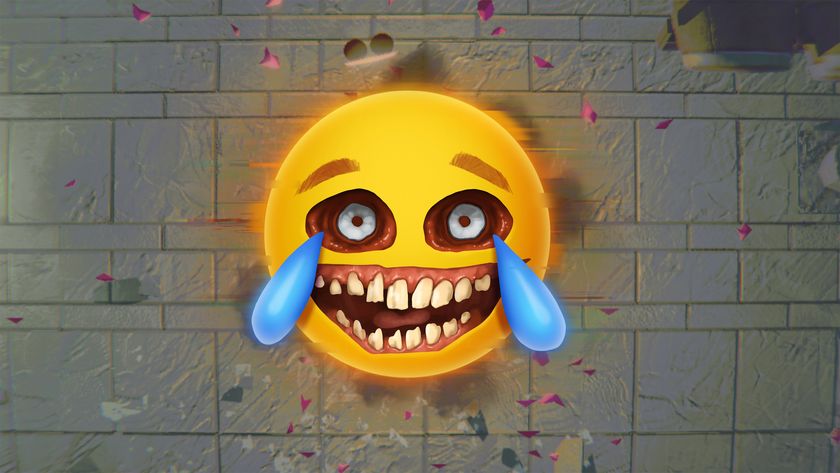10 years of Super Smash Bros
Celebrating a decade of Nintendo's four-way brawler

SSB: Melee launched in North America about a month after the GameCube’s North American release, and still stands as one of the system’s brightest moments. After the mostly tepid response to launch title Luigi’s Mansion, SSB: Melee was a breath of fresh air, giving gamers more of what they wanted in a gorgeous package that improved upon everything. The game’s graphics were some of the best for their time, and still hold up, presenting multiple characters from extremely different stylized worlds in a unified design. Some credit must be given to the designers who managed to put Jigglypuff alongside Marth and make it look natural.
Melee was an even bigger success than its predecessor, selling more than 7 million copies and becoming the GameCube’s best selling game.
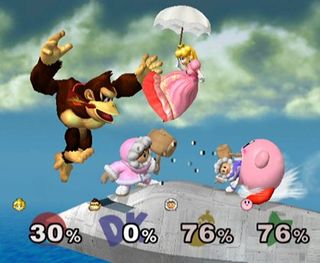

Mr. Game & Watch, Falco, Mewtwo, Gannondorf, Young Link, Roy, Pichu, Marth, Dr. Mario, Bowser, Ice Climbers, Peach, Zelda/Sheik
Melee featured 26 characters, over twice as many as its predecessor. Among the characters were the classic 12 as well as some more obscure choices, including the Ice Climbers and Mr. Game & Watch, two retro relics whose inclusion certainly garnered collective WTFs. More interestingly, Hideo Kojima had contacted Masuhiro Sakurai about including Solid Snake in Melee, but unfortunately it was too late in the development cycle to allow him in.
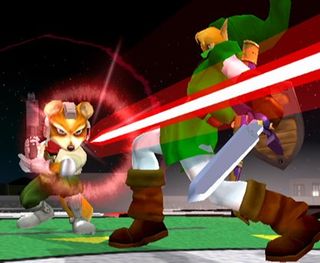
The new characters were, for the most part, extensions of game franchises already represented, with the exception of the Ice Climbers and Mr. Game & Watch. For the most part, the majority of the unlockable characters were similar to the original characters from the same franchise. For example Falco’s moveset is almost identical to Fox’s though minor changes are made to the moves’ hit boxes, damage and knockback.
From a gameplay standpoint, the Ice Climbers were certainly the most interesting, as they utilized two different characters models, one of them AI controlled, both with individual damage meters. The AI controlled Ice Climber would parrot the player’s attacks a moment after the input, essentially doubling every special move or regular attack.

SSB: Melee introduced some fundamental changes to the game, including chargeable smashes, sidestep dodging, air dodging, and an additional special move for each character amongst others. While SSB: Melee retained the one-button special moves, and generally simple controls from the original, the pace was very fast, demanding incredibly precise play at more advanced levels.
Sign up to the 12DOVE Newsletter
Weekly digests, tales from the communities you love, and more

One of those advanced level tactics was Wave Dashing, a maneuver found years after the game’s initial release that exploited an anomaly in the game’s physics engine. It involved doing an extremely short jump and then air dodging into the ground. This would result in the character landing hard on the ground and sliding forward or backward. When done repeatedly, the character would skid around the stage, sliding over the ground. It took practice to master, but allowed most characters to move far faster than they could via traditional running or jumping. It also allowed for very quick set ups for attacks, giving players who knew how to do it a distinct advantage.
Melee also elaborated on the single-player side of the game, including two new single-player game types, adventure mode and the unlockable All-Star mode. Adventure mode was a side scrolling beat-em-up/platforming hybrid that featured enemies and cameos from many Nintendo games, while All-Star mode was more of an endurance test that gave the player limited health items and tasked them with beating every character in the game.
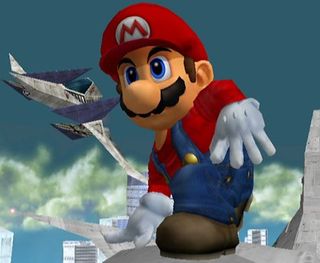
Melee also became the first game in the series to be included in the prestigious Evolution fighting games tournament, standing alongside Street Fighter and many others as a legitimate professional-level fighting game.

One of SSB: Melee’s strongest features was its fully orchestral soundtrack, which reinterpreted classic Nintendo tunes from all the major franchises. Hearing the classic Nintendo tunes updated from their 8-bit heritage and transformed into fully scored songs was sure to render any childhood Nintendo fan dewy-eyed. Nintendo released a live performance of these songs by the New Japan Philharmonic entitled Smashing…Live! as a free gift to Nintendo Power subscribers.
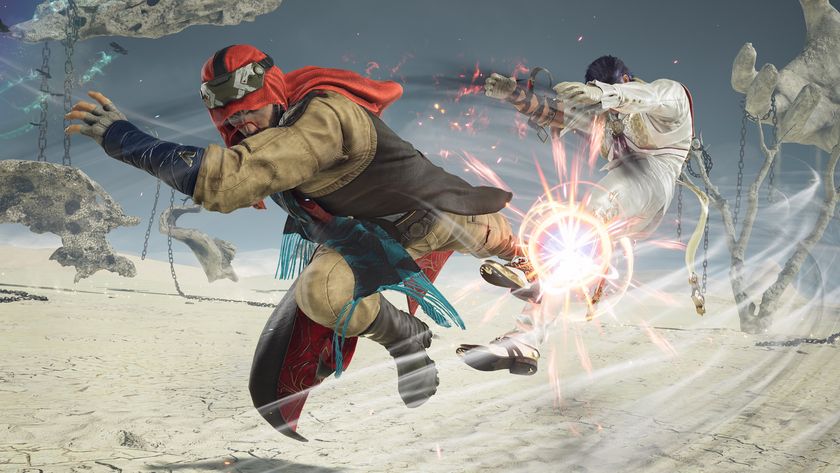
After preserving the AI ghost of a fan's late brother, Tekken 8 boss says it might be a glimpse of the future where you don't "need an opponent who is human that has the exact same skill level"
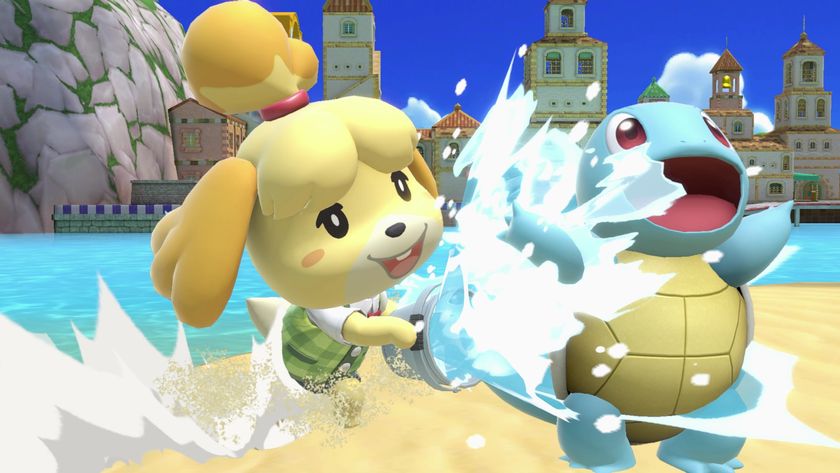
Super Smash Bros. Ultimate director "can't hope to compete with what doctors do," but he's content to "buff peoples' lives" with games

